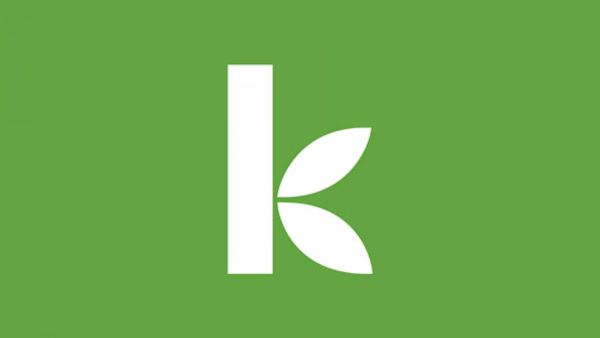Banking on the go: innovative repayment options in Tajikistan
October 4, 2010
We often hear about the high transaction costs faced by Microfinance Institutions (MFIs), who are making small loans in challenging economic environments. A few of my favorite past blog posts on this subject are from Meg Gray and James Allman-Gulino.
It’s also important to remember that when borrowers obtain a loan from an MFI, they face many of these same costs; including taking time out from work for meetings, and traveling rough roads to an MFI’s branch office to apply for a loan or make a repayment. IMON International, one of Kiva’s Field Partners in Tajikistan, has recently introduced an innovative new way of making payments that can help alleviate these latent costs to borrowers.
With over 100 MFIs, Tajikistan’s microfinance market is competitive. One of the benefits this competition can bring is a need to continually innovate in order to attract new clients. One such innovation, which IMON introduced earlier this summer, is the ability for borrowers to make payments on their loans through kiosks. These kiosks, which are run by a third-party company, are an existing network, setup in nearly every city and town and used by everyone with a cell phone to add minutes to their phone. The idea to add loan services to these kiosks was suggested by an IMON employee in a staff survey, and the organization set about making it a reality.
Click to view slideshow.The program is designed to making banking with IMON more convenient, saving clients time and money. Making a loan repayment through the kiosk has no additional cost to the borrower, who continues to pay according to their defined repayment schedule. Since the kiosks are located in high traffic areas (for example near markets where entrepreneurs would already be doing business), borrowers can save time and transportation costs by making payments at locations and times of day that are convenient to them. They are no longer confined to bank hours or locations to arrange repayments.
In addition to the client benefits, there are efficiencies to be gain on IMON’s side as well. While IMON pays a small fee on each transaction to the company that manages the kiosks, as the program grows the payment automation can help lower their operating costs.
I recently met with IMON’s marketing department to discuss “banking with the boxes”. The program was piloted this summer in the city of Khujand, where IMON is headquartered, and just this month was expanded to all locations. Like most technology related changes, the project has not been without its challenges. Clients have been somewhat slow to adopt the new payment method, and IMON cited an issue with the machines running out of paper and not printing a receipt for the transaction.
Despite these issues, the program continues to grow, and more clients are beginning to use the system. If you would like to support an organization that is innovating to benefit its clients, consider making a loan to one of IMON’s entrepreneurs here.
Note: Special thanks to KF12 Sam Kendall for his help with the topic and research
Donald Hart is a fellow in Tajikistan who used the above kiosk to pay for the internet connection that enabled this blog post.
PREVIOUS ARTICLE
Celebrate Kiva's 5th Birthday and get $25 to lend! →NEXT ARTICLE
World Habitat Day! →













